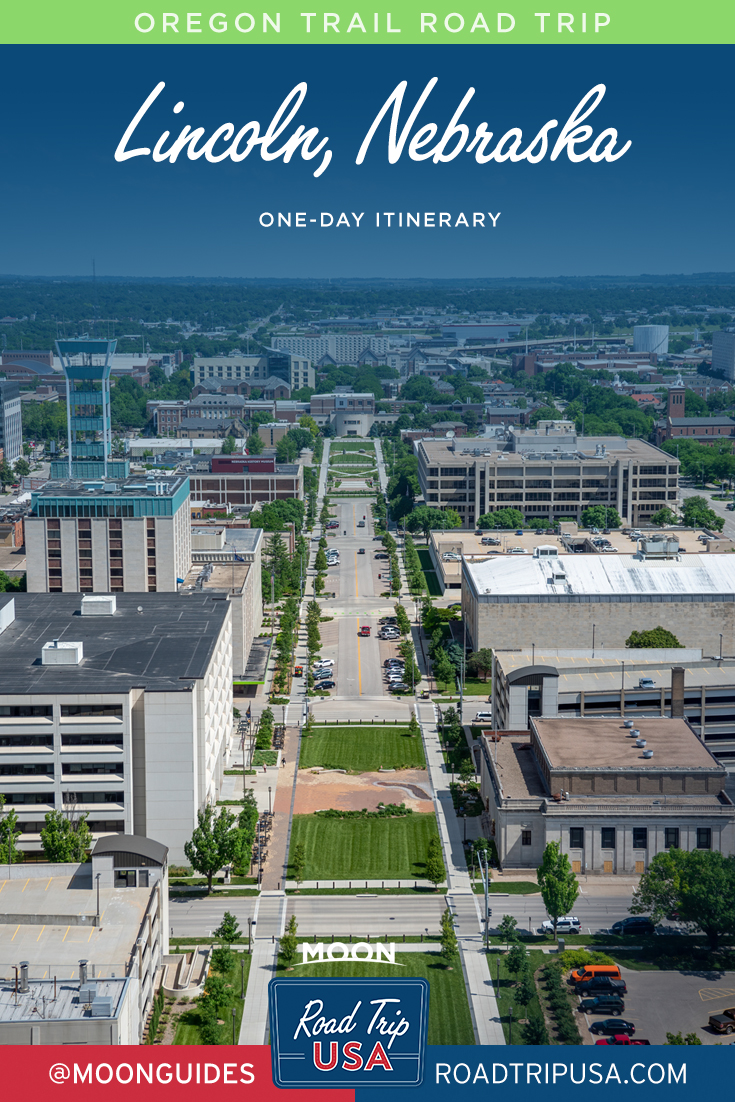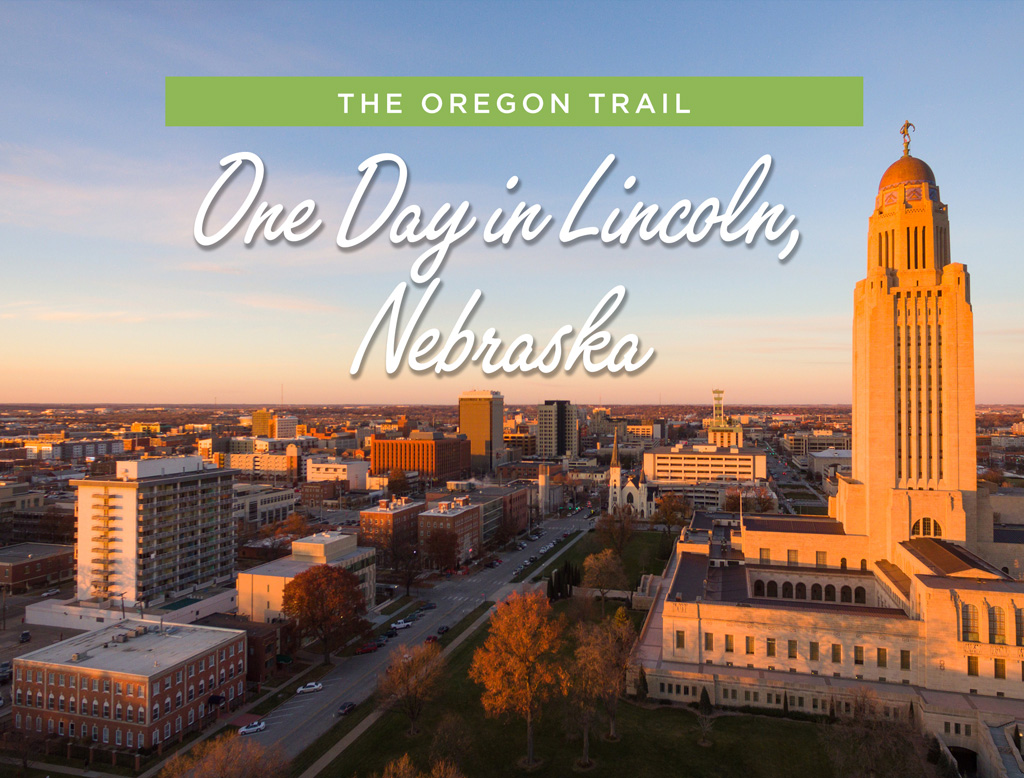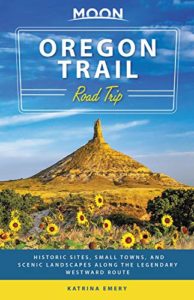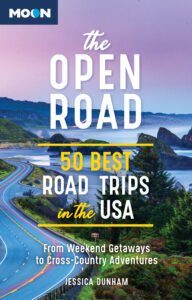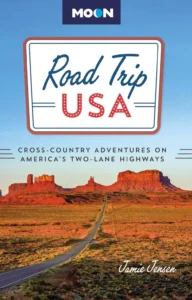One Day in Lincoln, Nebraska
By Moon Oregon Trail Road Trip author Katrina Emery
The village that became Lincoln, first called Lancaster, was founded in 1856, well after the Oregon Trail was established. While it’s not on the official Oregon National Historic Trail route, the town saw its share of wagon traffic in its early years, as Mormon pioneers traveled through on their way from Illinois to Utah. Before that, Pawnee people made their home along the Platte River Valley that stretches across Nebraska, and the Sioux often came to hunt bison herds.
Lincoln quickly grew and became the capital of the new state of Nebraska in 1867. The University of Nebraska (UNL) was established soon after, in 1869. In the early 1900s, German immigrants from Russia brought a wave of Eastern European influence to the area.
Modern pioneers in today’s Lincoln come from all over the world. Nebraska has welcomed refugees from Vietnam, Iraq, Afghanistan, Mexico, Bosnia, Bhutan, Sudan, and other countries through a State Department program that identified Nebraska as a “refugee-friendly” state with a strong economy able to support an influx of newcomers. Today, Lincoln is a truly multicultural city; in 2015, it settled the most refugees per capita in the nation. The University of Nebraska at Lincoln campus is also a major draw for the city, promoting a vibrant arts and culture scene for students and residents.
If you’re driving through Lincoln, here’s the best way to spend a day:
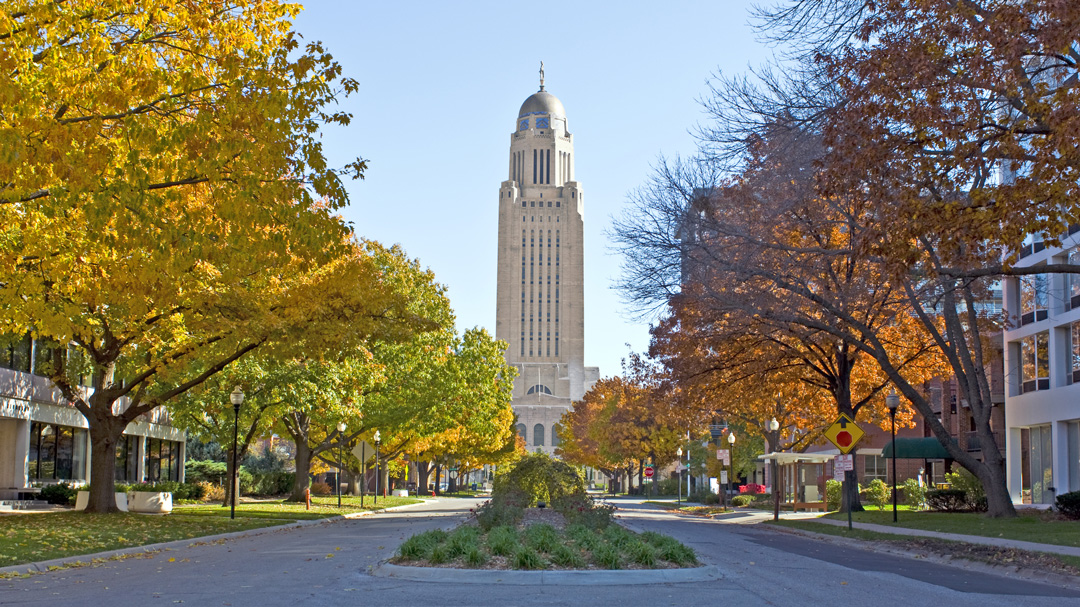
Morning
Start out strong with a breakfast at The Rabbit Hole Bakery before wandering or taking a tour of the Nebraska State Capitol. Inside, art deco-style mosaics, murals, and sculptures depict early Nebraska history, featuring Native American and pioneer influences. In the main rotunda, the floor is graced by a marble mosaic of Mother Nature surrounded by representations of the elements: water, air, earth, fire. You can walk inside the courtrooms (if court isn’t in session) and the legislative offices.
From the capitol you can walk about 20 minutes southeast for a stroll through the quiet beauty of the Sunken Gardens. Every year, the garden of over 30,000 plants is redesigned to fit a new theme. Every season has something to offer, from spring tulips to thousands of summer blooms to peaceful trees and shrubs in fall and winter. The gazebo offers nice views and brick paths allow for easy wandering.
Afternoon
For lunch, head to the quirky Grateful Bread for all-vegetarian homemade soups and cheesy scones.
Then continue south for a tour of Robber’s Cave, a system of caves beneath the city with a storied past. The cave was closed for a few years but that didn’t stop locals from exploring on their own or college students throwing parties beneath the city. Interestingly enough, Robber’s Cave is also where Lincoln’s first craft brewery started up in the early 1860s. Check out name carvings in the soft sandstone walls dating back to 1875–one belongs to the infamous outlaw Jesse James.
Alternatively, you can stay close to downtown with a visit to the Great Plains Art Museum, which is home to bronze sculptures, paintings, and photographs of the West from famous Western artists like Albert Bierstadt and Frederic Remington. The museum also hosts many contemporary artists as well as rotating exhibits.
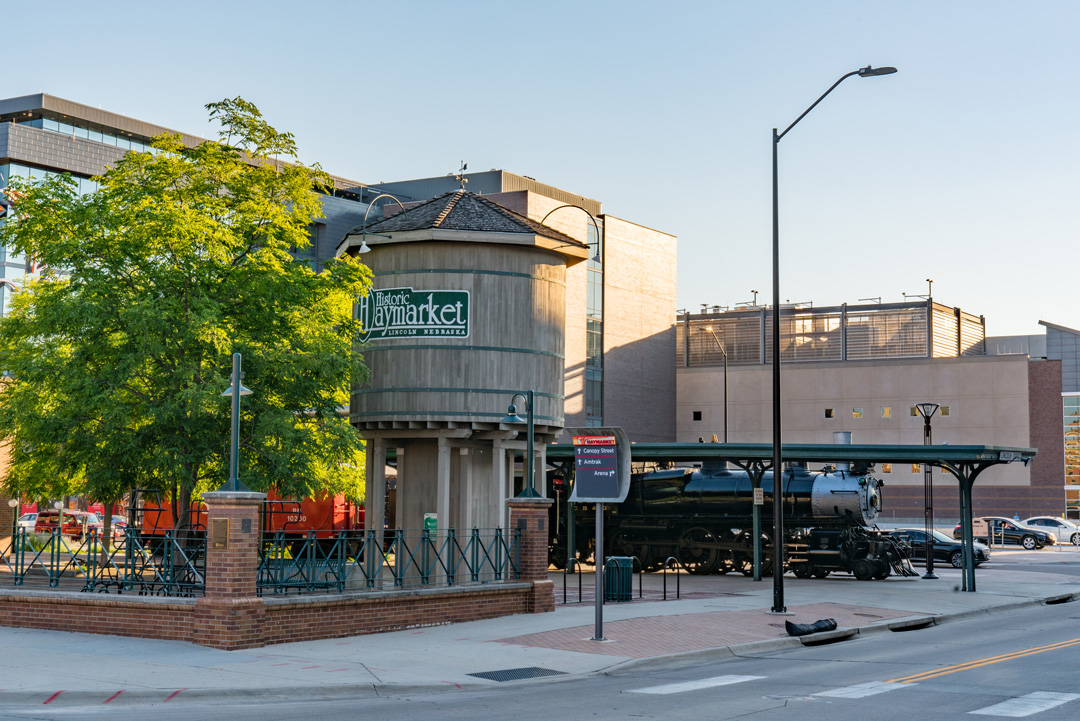
Evening
End your day at the Historic Haymarket District, where you can browse shops; eat and drink at Lincoln’s first brewery, Lazlo’s Brewery & Grill; and have a delicious dessert at Ivanna Cone. Heads up, Ivanna Cone only takes cash or check but there is an ATM around the corner.
Catch a show at the Bourbon Theatre, a renovated 1930s movie theater that offers a variety of live music shows most weekends and many weeknights. Shows are either general admission or standing-room-only or seated, depending on the performance.
After, top the night off The Other Room—if you can find it! This intimate speakeasy offers pre-Prohibition-style cocktails that rotate seasonally and are all made with freshly mixed ingredients, including house-made bitters and juices.
About the Author
Having grown up in the Rockies avoiding dysentery in the ubiquitous computer game, the Oregon Trail has always captured Katrina Emery’s imagination. Not only does she currently live at the end of the eponymous trail in the Promised Land of Oregon, she also spent a few years living in Nebraska, where the rolling fields gave prairie schooners their names.
Now living in Oregon for the past 9 years, she’s ferried the Columbia River, spied the Pacific Ocean, and enjoyed the fruits of the historic farms that pioneers planted here. She knows where to find original wagon ruts that still exist on dusty roads and etched into stone, and loves digging deeper into history to find even more fascinating tales.
A history buff and lover of stories with a sense of place, Katrina is also a food enthusiast and passionate writer. She’s covered food, farms, travel, and family fun for publications like 1859: Oregon’s Magazine, Edible Portland, Montavilla Farmers Market, Matador Travel, and Stay Wild. She is also a regular contributor to the national website Red Tricycle for Portland.
Recommended Travel Guides
Pin it for Later
